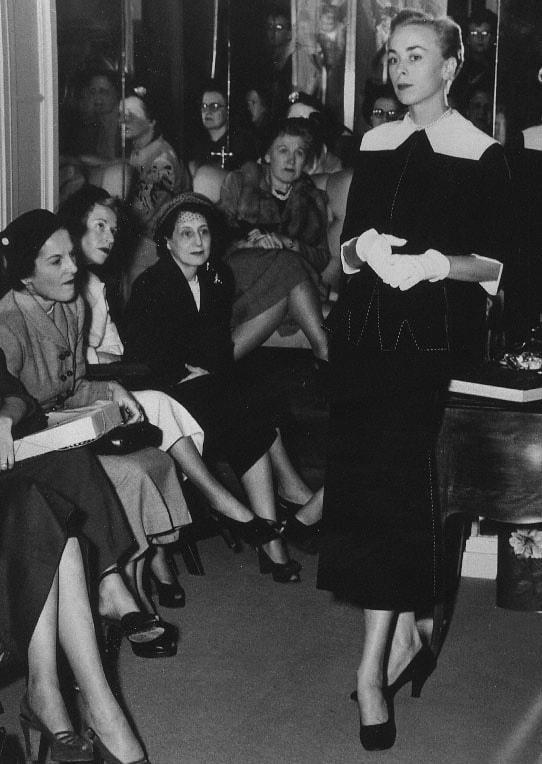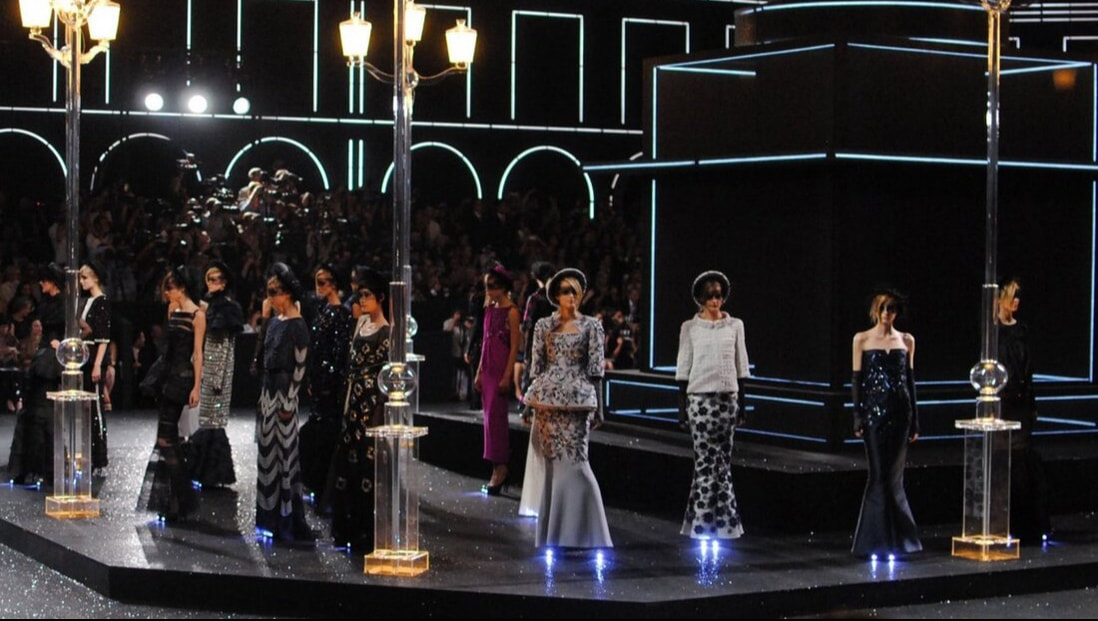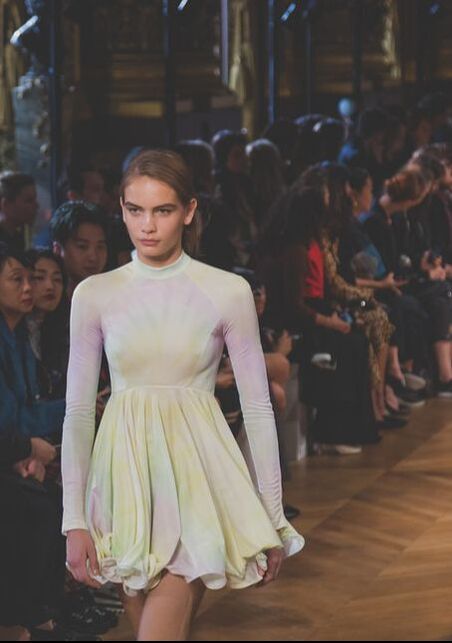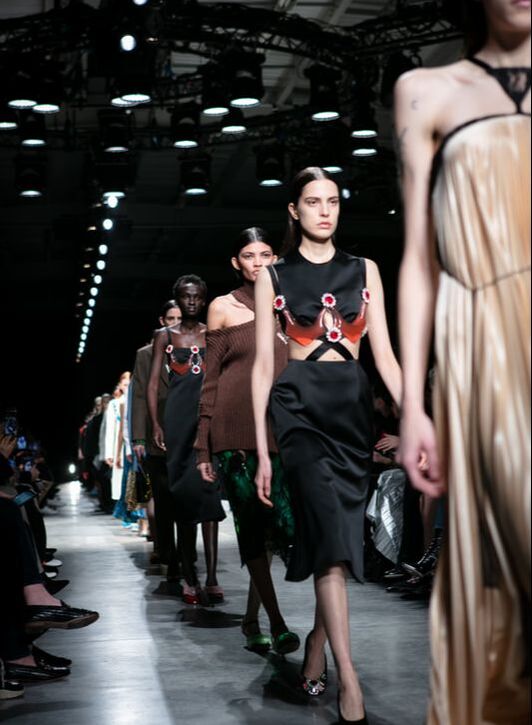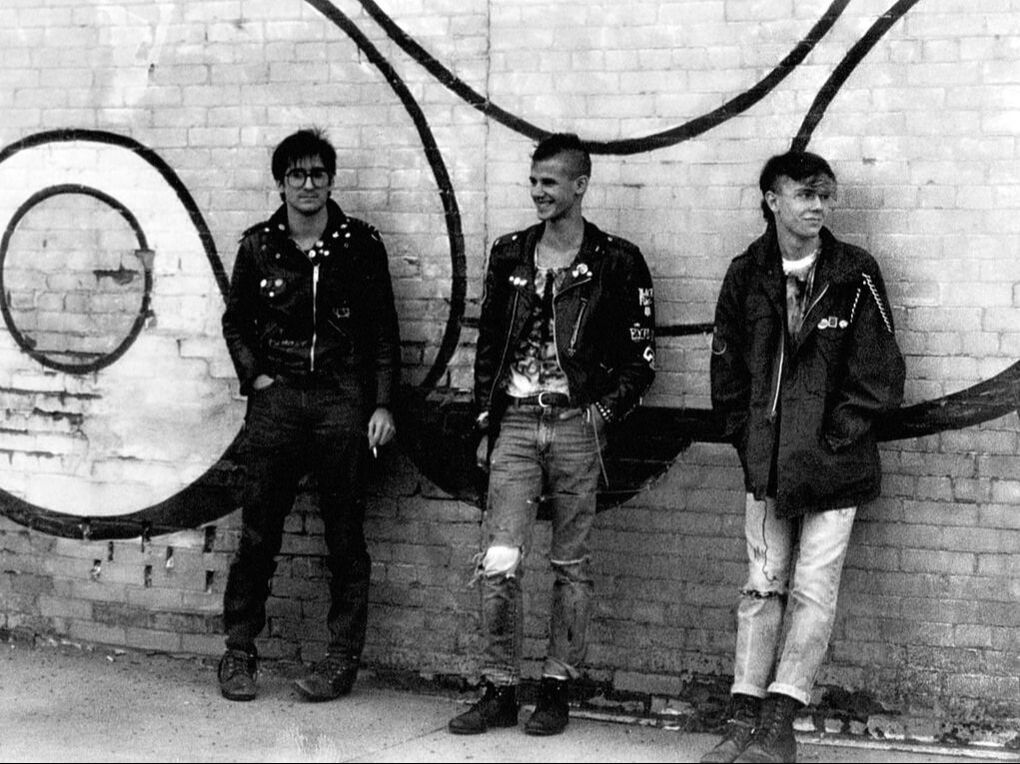|
30/9/2020 The evolution of Paris Fashion WeekArguably the most prestigious of fashion weeks, Paris in fact owes a debt to New York for its origins If you’re in any way connected with the fashion industry it can seem almost impossible to conceive of a time when the biannual circus that is fashion month (or, if you happen to also cover menswear and couture, fashion quarter) didn’t exist. No attention-grabbing theatrics, no viral Instagram moments, no front row politics. How did the industry ever survive? And yet, while fashion designers as we think of them today have been around for over a century, the modern fashion week is a fairly new phenomenon. The first official Paris Fashion Week recognised by the Fédération Française de la Couture didn’t take place until 1973. However, often considered the epicentre of global fashion, the tradition of shows in Paris extends back much farther than this.
the battle of versaillesThe re-establishment of Paris as the premier destination for high fashion was further cemented when Christian Dior allowed his famous debut show to be photographed, earning it, and the Parisian fashion scene in general, huge amounts of international press. However, despite the emergence of names including Pierre Cardin, Pierre Balmain and Hubert de Givenchy, alongside Yves Saint Laurent’s hugely influential establishment of prêt-à-porter, it would take nearly four decades for anything resembling a modern fashion week to appear. Once again, it was Parisian insecurity about the rapidly expanding fashion industry across the pond - which was already holding formal fashion shows in New York - that prompted the event. Organised by the Fédération Française de la Couture, the 1973 Battle of Versailles fashion show saw the brightest names on the Parisian fashion scene take on five unknown American designers to see who would reign sartorially supreme. Ostensibly a fundraiser to help restore the Palace of Versailles, the event was a true spectacle. Collections by Yves Saint Laurent, Emanuel Ungaro, Christian Dior (designed by Marc Bohan), Pierre Cardin and Hubert de Givenchy on the French side were set against an opulent display of carriages and caravans pulled by rhinos. However, it was the clothing designed by Americans Anne Klein, Bill Blass, Oscar de la Renta, Halston and Stephen Burrows - presented on a largely African-American model line-up and supported with a performance by Liza Minnelli - that was eventually deemed the winner. the modern PFW emergesThe Battle of Versailles provided a starting point from which Paris Fashion Week could lowly evolve into the biannual showstopper we’ve become accustomed to - helped along the way by a collection of visionary designers who ushered in the tradition for headline grabbing spectacles. Unlike fashion weeks in London and New York, Paris has never had a central hub venue, retaining its roots of individual shows planned and executed by individual designers. This has allowed iconic fashion moments such as Thierry Mugler’s 1984 spectacular - presented to a crowd of 6,000 at Le Zenith stadium - and more memorable Chanel runways under the tenure of Karl Lagerfeld than one can count. Throughout the decades Paris has also held on to its reputation as the most prestigious of the international fashion weeks and, accordingly, attracts a roster of the biggest names in the global fashion industry. Among the non-Parisian talent to have chosen Paris Fashion Week as their stage are Brits Stella McCartney, Alexander McQueen (for Givenchy) and John Galliano while Japanese designers Yohji Yamamoto and Rei Kawakubo at Commes des Garcons also established themselves at Paris Fashion Week.
Shortly before the launch of its first digital fashion week, the Fédération de la Haute Couture et de la Mode confirmed that a physical fashion week would be taking place in September 2020 for the SS21 ready-to-wear collections. However, with Saint Laurent already having removed itself from the Paris Fashion Week schedule, growing case numbers in France and travel restrictions preventing many international press and buyers from attending, the few physical show that did take place were rather less extravagant than the spectacle the industry has come to expect. With doubt already swirling over the AW21 collections, could this be the end of Paris Fashion Week as we know it? Only time will tell. |
Search by typing & pressing enter

